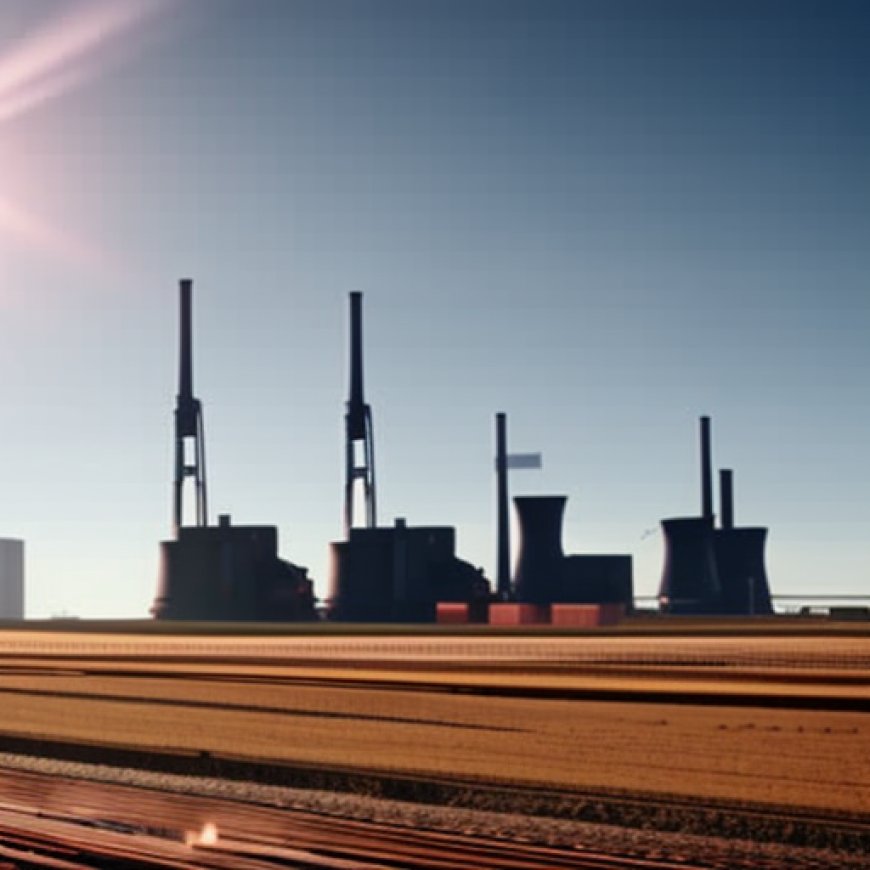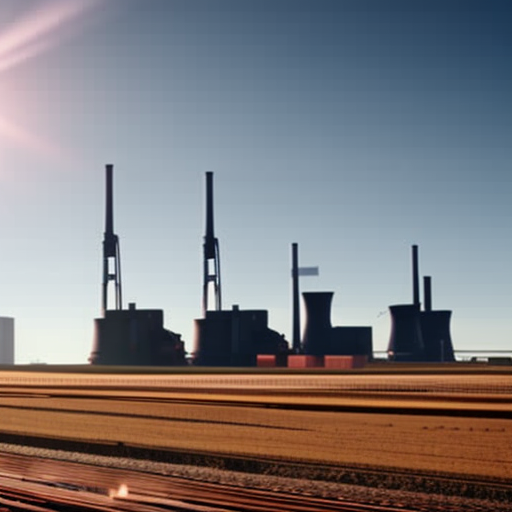Mills vetoes bill requiring developers of clean energy projects to work with unions
Mills vetoes bill requiring developers of clean energy projects to work with unions Press Herald


Report: Gov. Janet Mills Vetoes Bill Requiring Union Involvement in Clean Energy Projects
Gov. Janet Mills vetoed a bill on Friday that would have required companies leasing state land for clean energy projects to work with unions hoping to represent their workers.
Background
The bill, L.D. 373, is aimed at the offshore wind power terminal and manufacturing facility the Mills administration aims to build in Searsport. Mills said she vetoed the bill because it contained ambiguous language and was too far-reaching in its scope.
Implications for Sustainable Development Goals (SDGs)
In her veto letter, she wrote that it was unclear whether the bill, An Act to Ensure Employer and Employee Harmony in Clean Energy Development Projects, applied only to construction work or extended to all types of clean energy projects. She said it could have far-reaching consequences for the state’s efforts to reduce its carbon emissions.
The language of the bill – while appearing to be targeted specifically towards an offshore wind port – could apply to the operation of any clean energy project, including biomass, hydroelectric, solar, wind and geothermal, that touches state land, which is far more expansive than the apparent intent of the bill,” Mills wrote.
Support and Opposition
The measure passed the Senate in a 21-12 vote but made it out of the House by just one vote.
The bill had support from labor organizations around the state. In a statement Friday afternoon, Andy O’Brien, communications director for Maine AFL-CIO, wrote that the bill had been “an attempt to ensure that new clean energy jobs, outside of construction, are good-quality, union jobs.”
“Working people deserve a free and fair chance to form a union,” Matt Schlobohm, executive director of the Maine AFL-CIO, said in the statement. “This is another anti-worker, anti-union veto from Gov. Mills.”
Mills has now vetoed seven bills from the legislative session that ended last week. O’Brien said that four of those vetoes have involved labor priorities.
The bill was opposed by groups like the Maine State Chamber of Commerce, Maine Renewable Energy Association and Associated General Contractors.
In a letter addressed to Mills ahead of the vote, Hope Pollard, president of Associated Builders and Contractors of Maine urged the governor to veto the bill. Pollard wrote that the bill is unnecessary as the vast majority of employers already operate in accordance with employment law. She also said she believes that many contractors may not bid for projects if required to enter into a union contract. She called the bill “unnecessary and punitive.”
Leaders at the Maine Renewable Energy Association also spoke out about the legislation ahead of the vote. In an April 17 letter to Mills they wrote that they were concerned legislation like this would dissuade clean energy developers from working with the state.
Conclusion
The veto of L.D. 373 by Gov. Janet Mills has sparked debate and controversy regarding union involvement in clean energy projects in Maine. While labor organizations argue that the bill would ensure good-quality, union jobs in the clean energy sector, opponents believe it is unnecessary and could discourage clean energy developers from working with the state. The bill’s ambiguous language and potential far-reaching consequences for carbon emissions reduction efforts were cited as reasons for the veto. The decision highlights the ongoing challenges and complexities in balancing economic development, environmental sustainability, and labor rights in the pursuit of the Sustainable Development Goals (SDGs).
SDGs, Targets, and Indicators in the Article
1. Which SDGs are addressed or connected to the issues highlighted in the article?
- SDG 7: Affordable and Clean Energy
- SDG 8: Decent Work and Economic Growth
- SDG 9: Industry, Innovation, and Infrastructure
- SDG 13: Climate Action
2. What specific targets under those SDGs can be identified based on the article’s content?
- SDG 7.2: Increase the share of renewable energy in the global energy mix
- SDG 8.5: By 2030, achieve full and productive employment and decent work for all women and men, including for young people and persons with disabilities, and equal pay for work of equal value
- SDG 9.4: By 2030, upgrade infrastructure and retrofit industries to make them sustainable, with increased resource-use efficiency and greater adoption of clean and environmentally sound technologies and industrial processes
- SDG 13.2: Integrate climate change measures into national policies, strategies, and planning
3. Are there any indicators mentioned or implied in the article that can be used to measure progress towards the identified targets?
The article does not explicitly mention any indicators to measure progress towards the identified targets. However, potential indicators could include:
- Percentage increase in renewable energy generation in the state
- Number of new clean energy jobs created
- Investment in clean energy infrastructure
- Reduction in carbon emissions
Table: SDGs, Targets, and Indicators
| SDGs | Targets | Indicators |
|---|---|---|
| SDG 7: Affordable and Clean Energy | 7.2: Increase the share of renewable energy in the global energy mix | Percentage increase in renewable energy generation in the state |
| SDG 8: Decent Work and Economic Growth | 8.5: By 2030, achieve full and productive employment and decent work for all women and men, including for young people and persons with disabilities, and equal pay for work of equal value | Number of new clean energy jobs created |
| SDG 9: Industry, Innovation, and Infrastructure | 9.4: By 2030, upgrade infrastructure and retrofit industries to make them sustainable, with increased resource-use efficiency and greater adoption of clean and environmentally sound technologies and industrial processes | Investment in clean energy infrastructure |
| SDG 13: Climate Action | 13.2: Integrate climate change measures into national policies, strategies, and planning | Reduction in carbon emissions |
Copyright: Dive into this article, curated with care by SDG Investors Inc. Our advanced AI technology searches through vast amounts of data to spotlight how we are all moving forward with the Sustainable Development Goals. While we own the rights to this content, we invite you to share it to help spread knowledge and spark action on the SDGs.
Fuente: pressherald.com

Join us, as fellow seekers of change, on a transformative journey at https://sdgtalks.ai/welcome, where you can become a member and actively contribute to shaping a brighter future.







